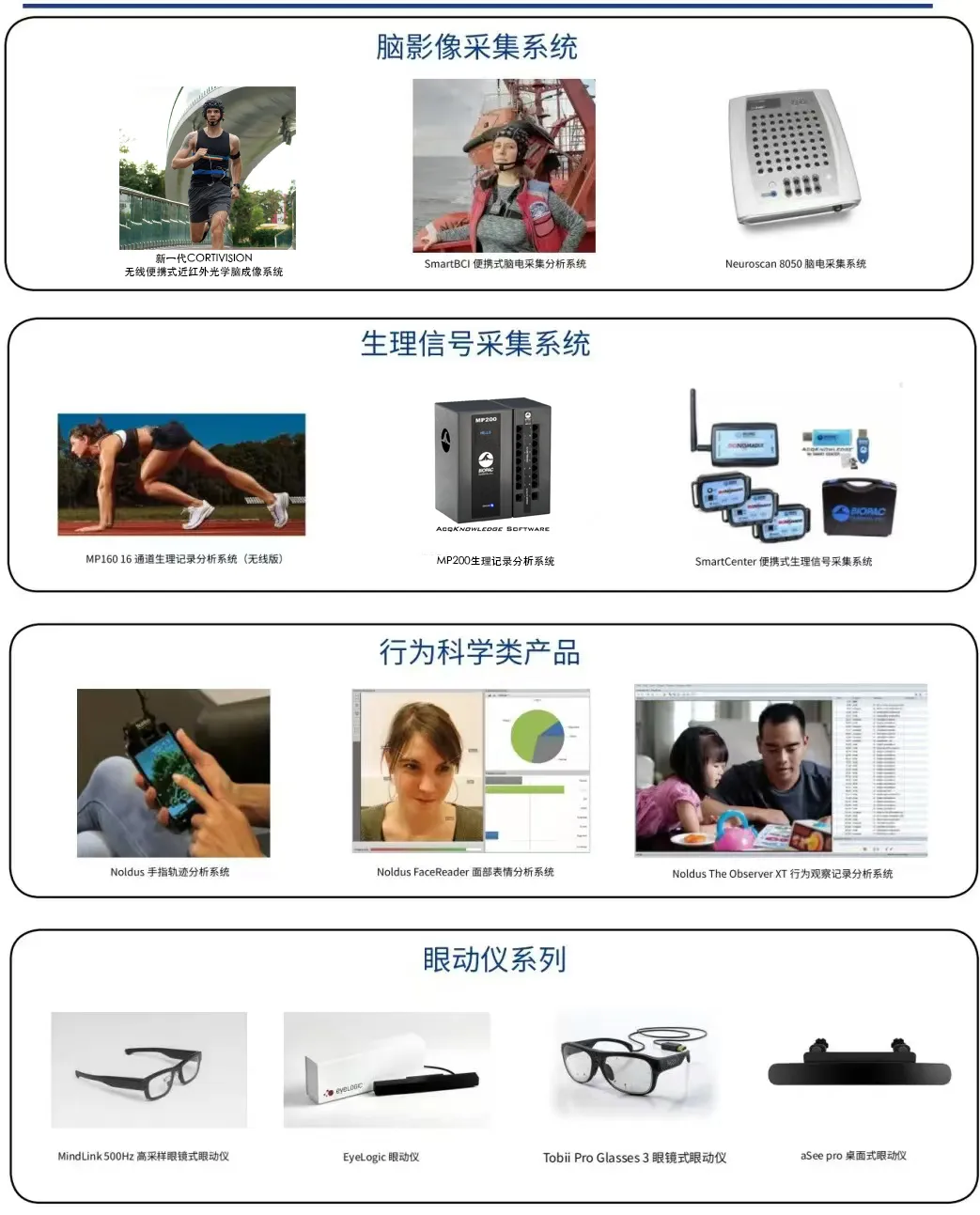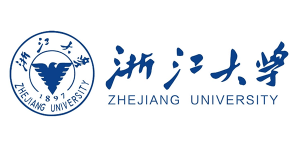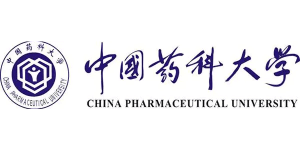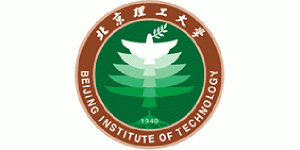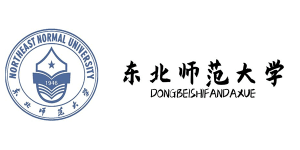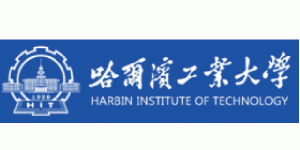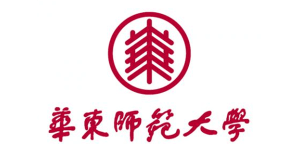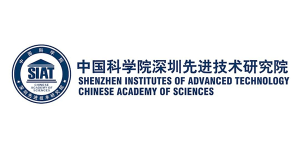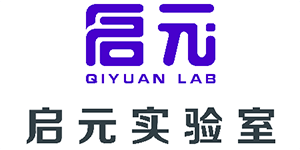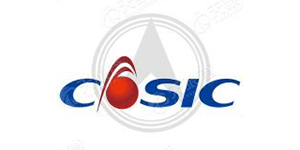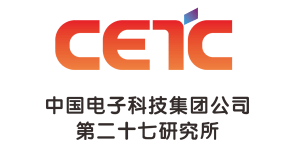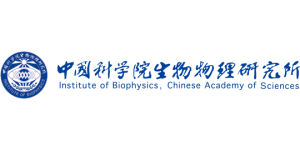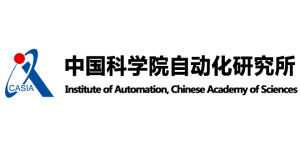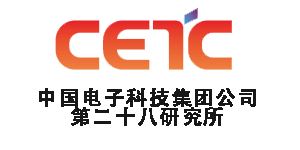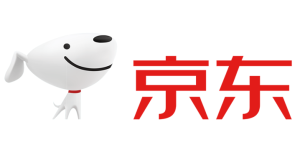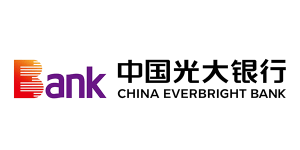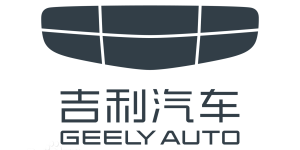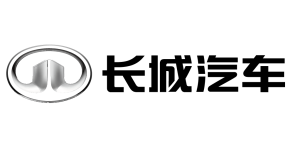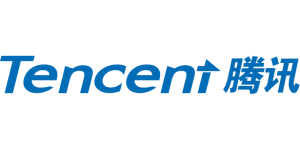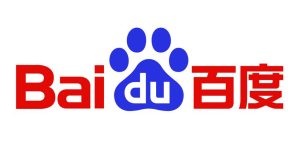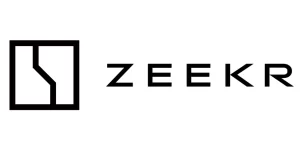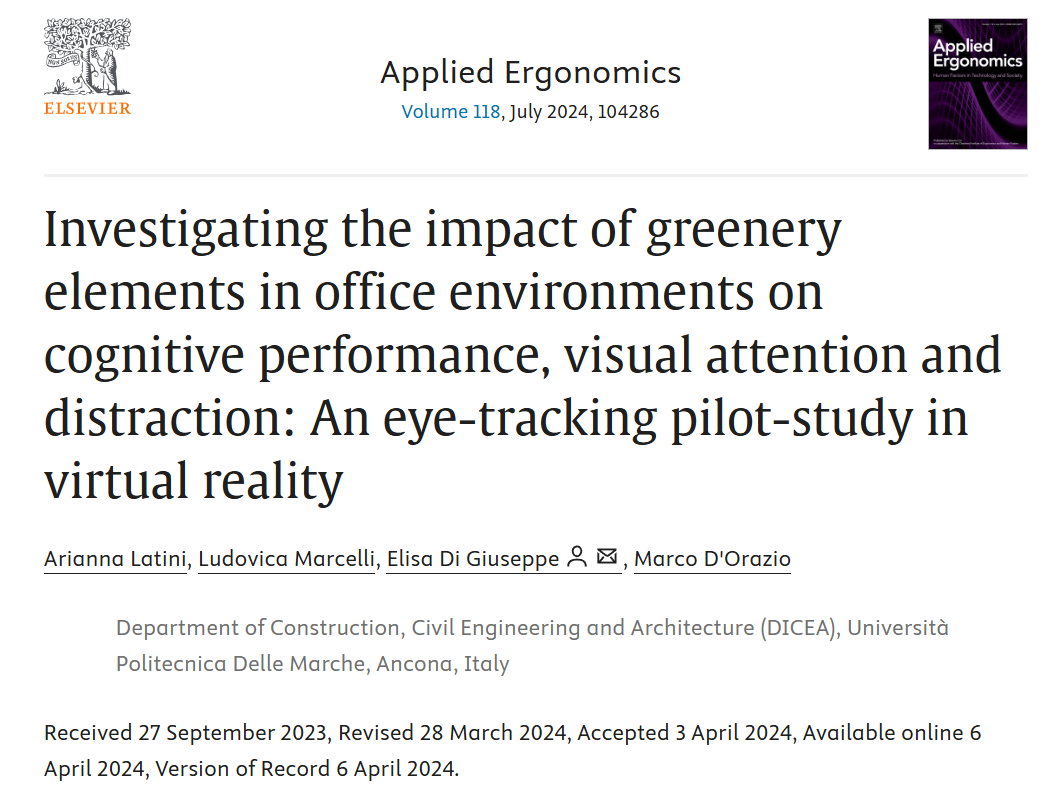


Original URL: https://doi.org/10.1016/j.apergo.2024.104286 Please contact us to remove any infringement of rights!
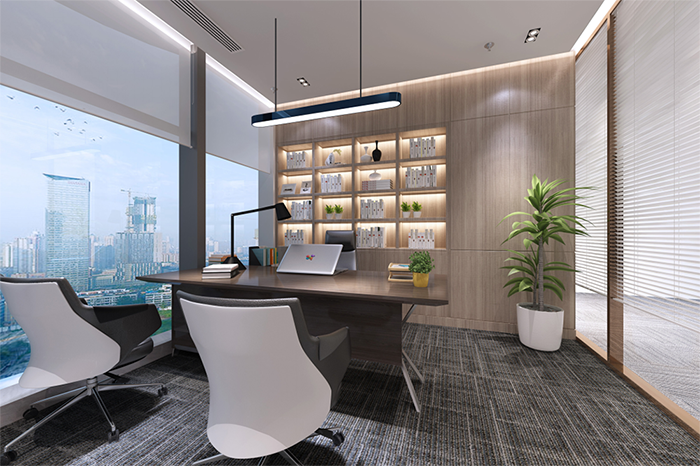


In recent years, biophilic design has gradually become an important means of improving the office environment. By introducing natural elements, such as indoor greenery, green walls and natural landscapes outside windows, designers try to create an atmosphere of connecting with nature in office spaces, which can enhance employees' productivity and mental health. This paper provides insights into the effects of greenery design on cognitive performance, visual attention and distraction in office environments by combining eye-tracking technology and virtual reality.
According to the World Health Organization, 19% of the factors affecting individual health, well-being and productivity are directly related to the characteristics of the built environment. In particular, employees spend most of their day in office environments, so the design of the indoor environment has a significant impact on productivity. Biophilic design has been shown to reduce stress and improve cognitive function by introducing natural elements. However, most of the existing studies have focused on the effects of greenery interventions in real environments and lack in-depth exploration of the relationship between visual connectivity and cognitive performance.
To overcome the limitations of traditional research methods, the research team combined VR technology with eye-tracking. The study compared three virtual office layouts:
1. Indoor Green (IG): The office has green walls and potted plants.
2. Outdoor Green (OG): There is a natural landscape outside the office windows.
3. Non-Biophilic (NB) design: the office is free of any natural elements.
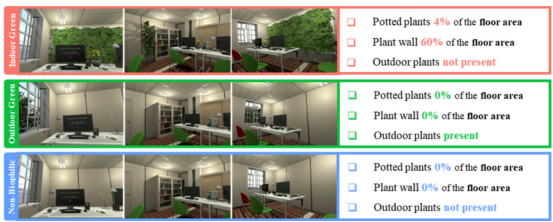


Sixty-three participants were randomly assigned to three virtual office environments, 21 in each group. Participants were required to perform three cognitive tasks, including the Magnitude-Parity test (task-switching ability), the OSPAN test (working memory ability), and the Stroop test (attentional control ability). At the end of the experiment, the study also assessed the subjects' immersion and virtual reality motion sickness through a questionnaire.
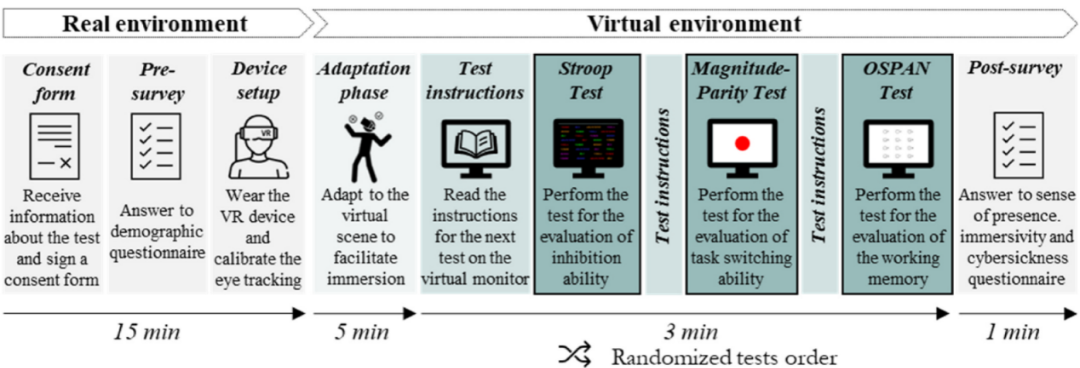





The study found that participants paid significantly more visual attention to indoor greenery and natural landscapes outside their windows than to offices with non-biophilic designs. In particular, potted plants on the desktop and trees outside the window attracted the most attention. The study also found that the spatial location of the greenery and the distance from the user were key factors influencing visual attention. The closer the distance, the more attractive the greenery.
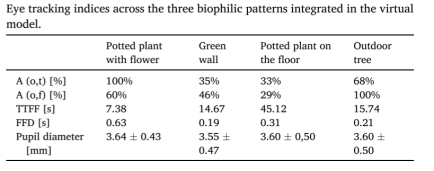

Although the greenery attracted participants' attention, the study did not find a significant negative effect of greenery on task performance. Instead, participants in the indoor greenery environment performed better on cognitive tasks, especially in working memory and task switching. This suggests that greenery, while it may be a brief distraction, does not negatively affect overall cognitive performance.


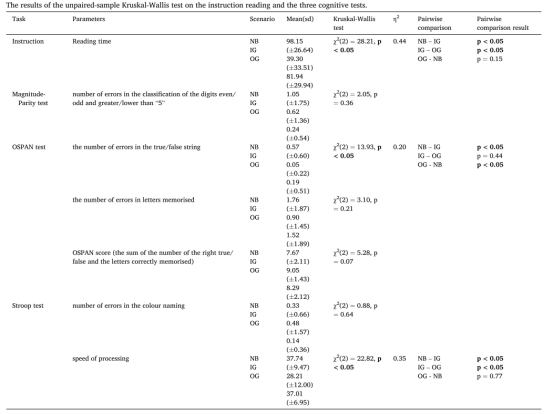


The study found that participants in the indoor greenery environment showed lower cognitive load when completing the task. The number of times they looked and the duration of their gaze were significantly reduced, suggesting that they were more efficient in information processing. This is consistent with the attention restoration theory, which suggests that brief gazes at natural elements can help the brain restore cognitive resources, thereby improving task performance efficiency.
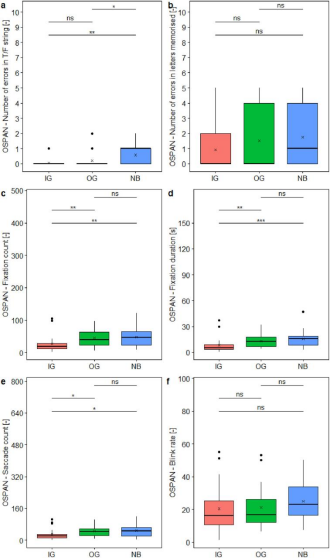


1. Greenery can enhance employees' visual attention and cognitive efficiency, especially in tasks that require a high degree of concentration.
2. The location and size of greenery is a key factor in the design. Small-scale greenery on the desktop and natural landscapes outside the window can effectively attract attention without negatively affecting the performance of tasks.
3. Virtual reality (VR) technology provides a powerful tool for the design of office environments. With VR, designers can simulate different greenery layouts and assess their impact on employees' cognitive performance before the actual construction.
4. With the advancement of technology, we are expected to design a more humanized and efficient office space through more accurate data analysis.
References:
Latini, A., Marcelli, L., Di Giuseppe, E., & D' Orazio, M. (2024). Investigating the impact of greenery elements in office environments on cognitive performance, visual attention and distraction: an eye-tracking pilot-study in virtual reality. *Applied Ergonomics, 118*, 104286.
Company Profile
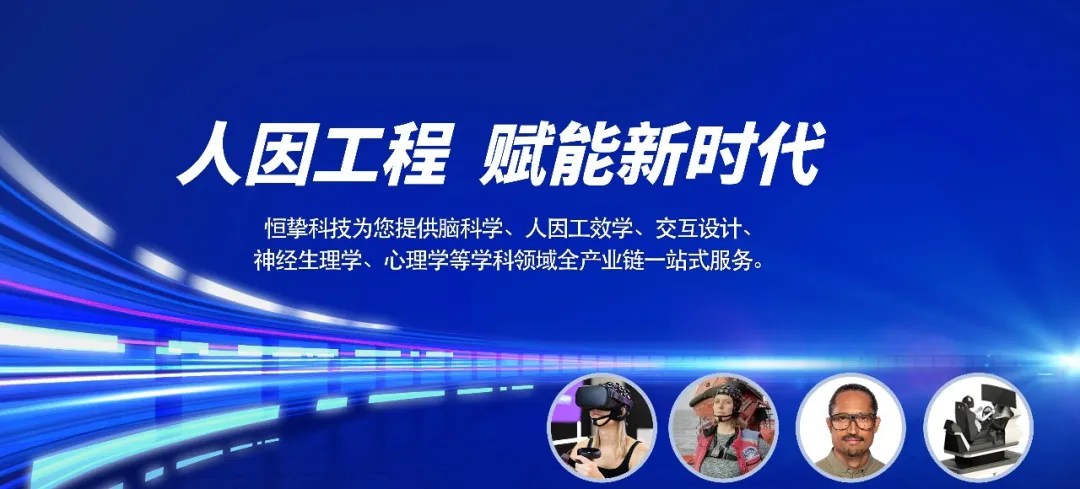


Ltd. is an innovative high-tech enterprise focusing on cutting-edge technology, specializing in brain science, neural management, human factors engineering, biomechanics, anthropomorphic environments and XR simulation reality and other multidisciplinary cross-cutting fields. The company is invested by Zhongke (Guangdong) Science Group, relying on the scientific research strength of Guangdong Human Factors Technology Research Institute and Wuhan Human Factors Engineering Technology Research Institute, and has constructed a professional operation system integrating research and development, production, sales and technical service to provide customers with one-stop, high-quality scientific and technological solutions.
With excellent innovation ability, Hengbest Technology has been awarded many invention patents, software copyrights and registered trademarks, selected in many authoritative lists such as National High-tech Enterprises, and participated in the compilation of national standards and group standards. The company has been serving universities and research institutes for a long time, and has cooperated deeply with many national societies such as the Chinese Society of Ergonomics, the Chinese Psychological Society, the Architectural Society of China, etc. The company organizes and participates in more than 40 academic conferences every year to promote technical exchanges and the development of the industry.
With the concept of "Technology Empowerment, Innovation Drive", Hengzhi Technology is committed to become a leading technology enterprise in the industry, to help national scientific and technological progress and social development, and to work together with partners from all walks of life to achieve a better future of technological empowerment.
